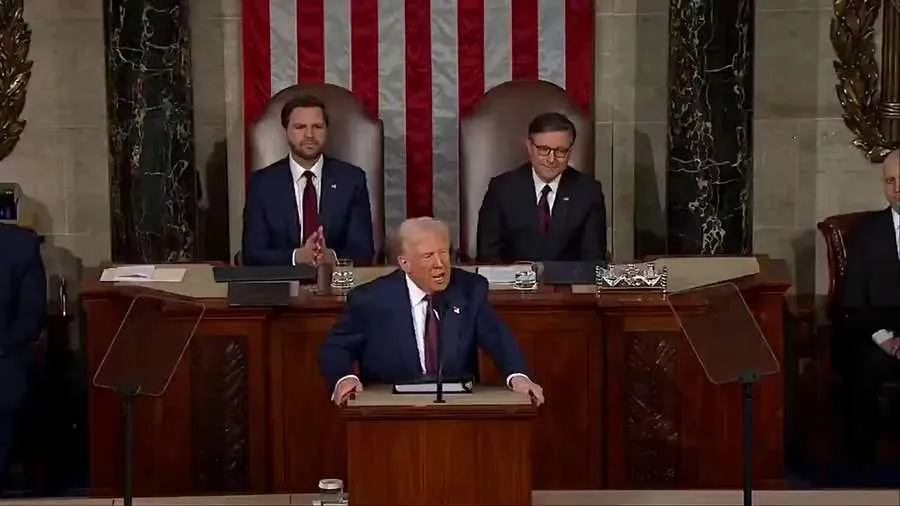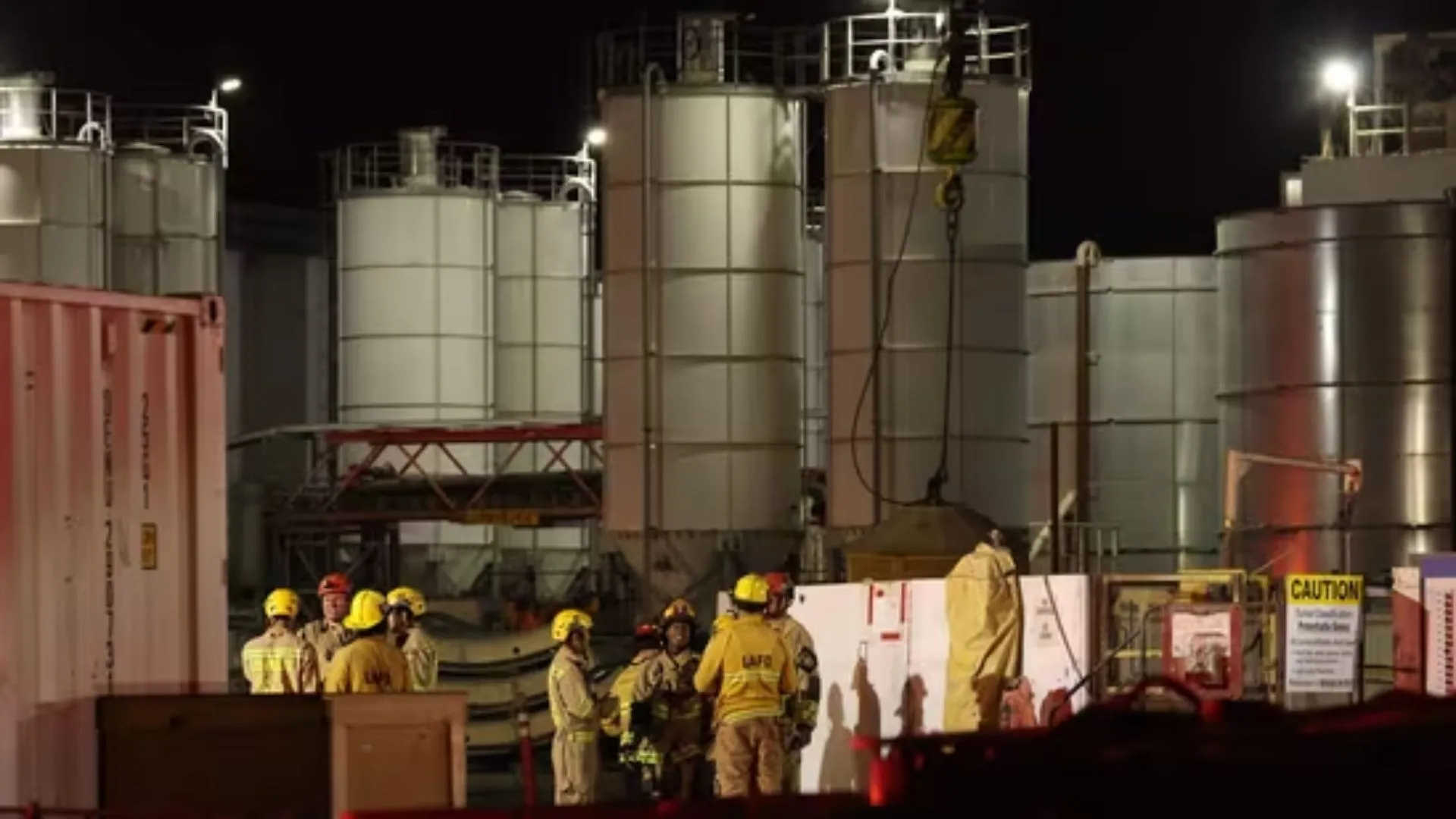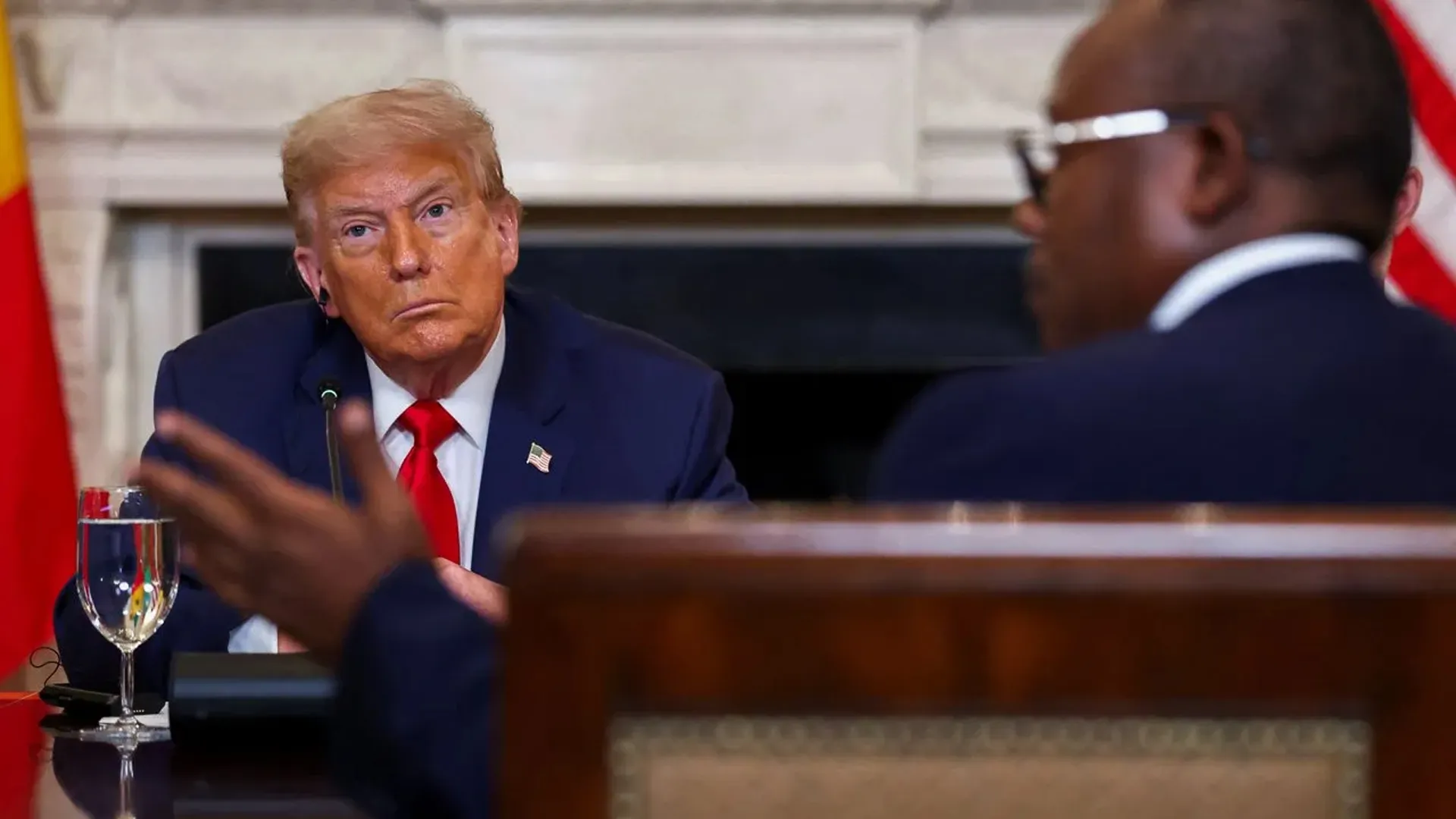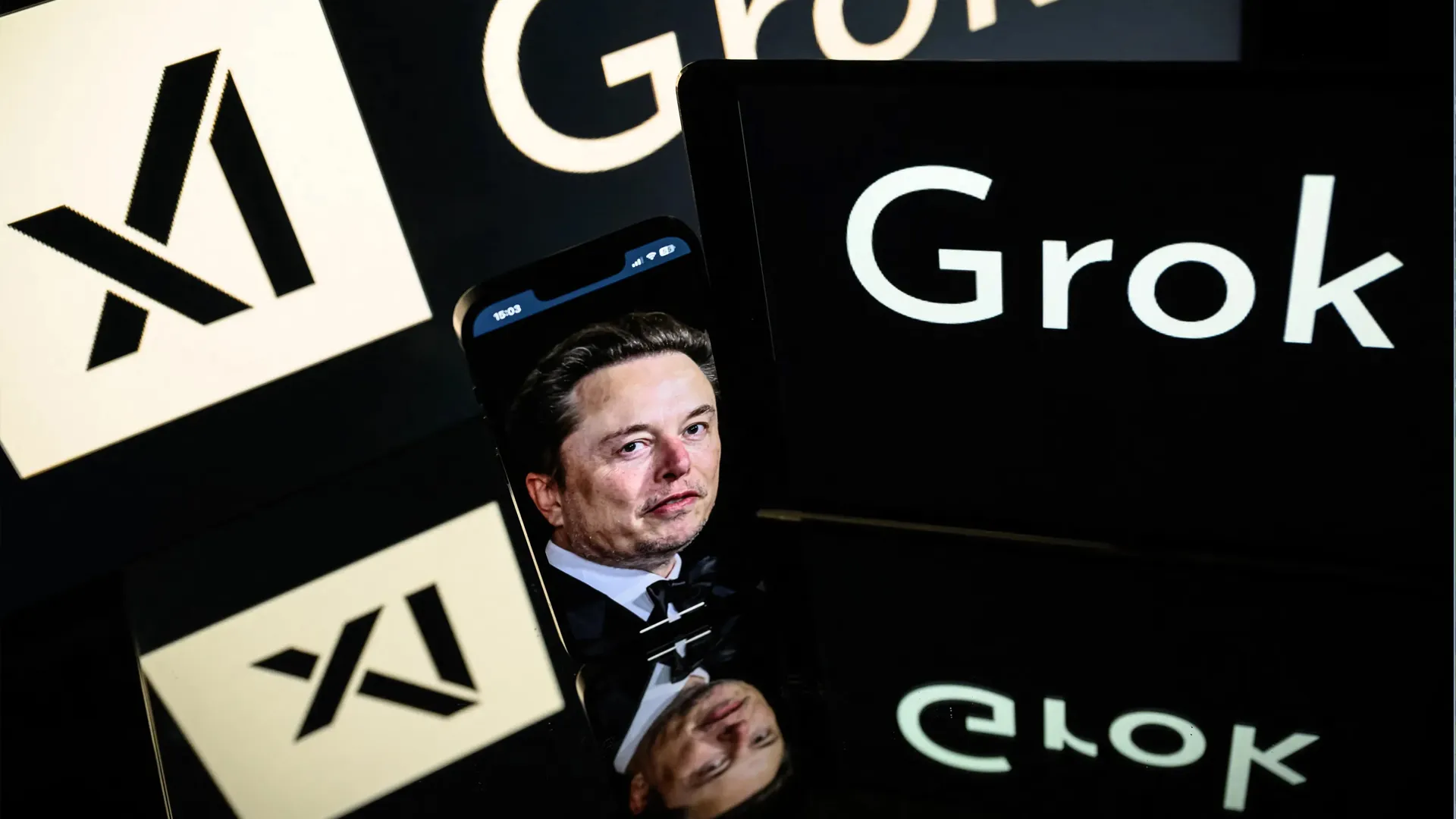Houston, Top executives and policymakers in the energy sector have converged on Houston for what is being hailed as the largest industry gathering since the Trump administration reignited a vigorous pro-fossil fuel agenda. Although former President Donald Trump will not attend the annual Cambridge Energy Research Associates (CERA) conference, his appointees are set to underscore a return to a petroleum-focused strategy under the rallying cry “Drill Baby Drill.”
Trump-Era Policies Shape the Agenda
Since assuming office just under two months ago, the Trump administration has accelerated its campaign to overhaul the nation’s energy policies. The administration’s day-one “Unleashing American Energy” executive order not only signaled a departure from climate-centric policies but also aimed to dismantle the incentive structures that had supported extensive energy transition projects initiated during the Biden era. While some experts speculate that the new policy approach might stall decarbonization efforts in the near term, industry insiders suggest that the focus on oil and gas will dominate energy debates throughout 2025.
Keynote Speakers and Industry Moves
The five-day conference kicks off with an address by Energy Secretary Chris Wright, an entrepreneur with deep roots in the industry. His remarks are expected to set the tone for subsequent presentations featuring top Trump appointees, including Interior Secretary Doug Burgum and EPA head Lee Zeldin. Last week, Wright and Burgum jointly celebrated Venture Global’s announcement of an $18 billion expansion for a Louisiana liquefied natural gas (LNG) export facility—a project that marks a clear reversal of Biden-era restrictions on LNG export capacity. This development highlights the administration’s commitment to boosting U.S. exploration, production, and export initiatives, despite growing concerns from environmental advocates.
Industry, Investment, and Global Implications
The conference is not only a forum for policy discussion but also a platform where leading figures from global oil giants—including Chevron, Shell, and Saudi Aramco—will share insights on the current market dynamics. Panels are set to explore topics ranging from advancements in low-carbon technologies and the infrastructural challenges of powering artificial intelligence research, to OPEC’s role in influencing oil prices and the evolving geopolitics of energy trade.
European officials, meanwhile, are scheduled to participate in discussions focused on the continent’s energy crossroads. In the wake of Russia’s invasion of Ukraine, U.S. LNG has become pivotal in reducing Europe’s reliance on Russian gas. Yet, lingering uncertainties over U.S. policy—exacerbated by Trump’s controversial ties with Russian leadership—continue to cast a shadow over the transatlantic alliance. While optimism remains high regarding the potential for increased LNG exports, European leaders are also weighing the long-term strategic implications of their energy partnerships.
A Crossroads for Energy Policy
As the industry gathers in Houston, the event underscores a pivotal moment in U.S. energy policy. The shift from a climate-driven agenda to one prioritizing fossil fuels has sparked debate over the future of energy investments and job creation, particularly in regions traditionally aligned with Republican priorities. Critics warn that such policy reversals could hamper efforts to combat climate change, while supporters argue that a robust focus on oil and gas will stabilize energy markets and fortify international alliances.
With industry giants and policymakers alike engaging in spirited debate, the conference is set to provide a window into how the U.S. energy landscape might evolve in the coming years—balancing between economic interests, environmental challenges, and complex international relations.






















